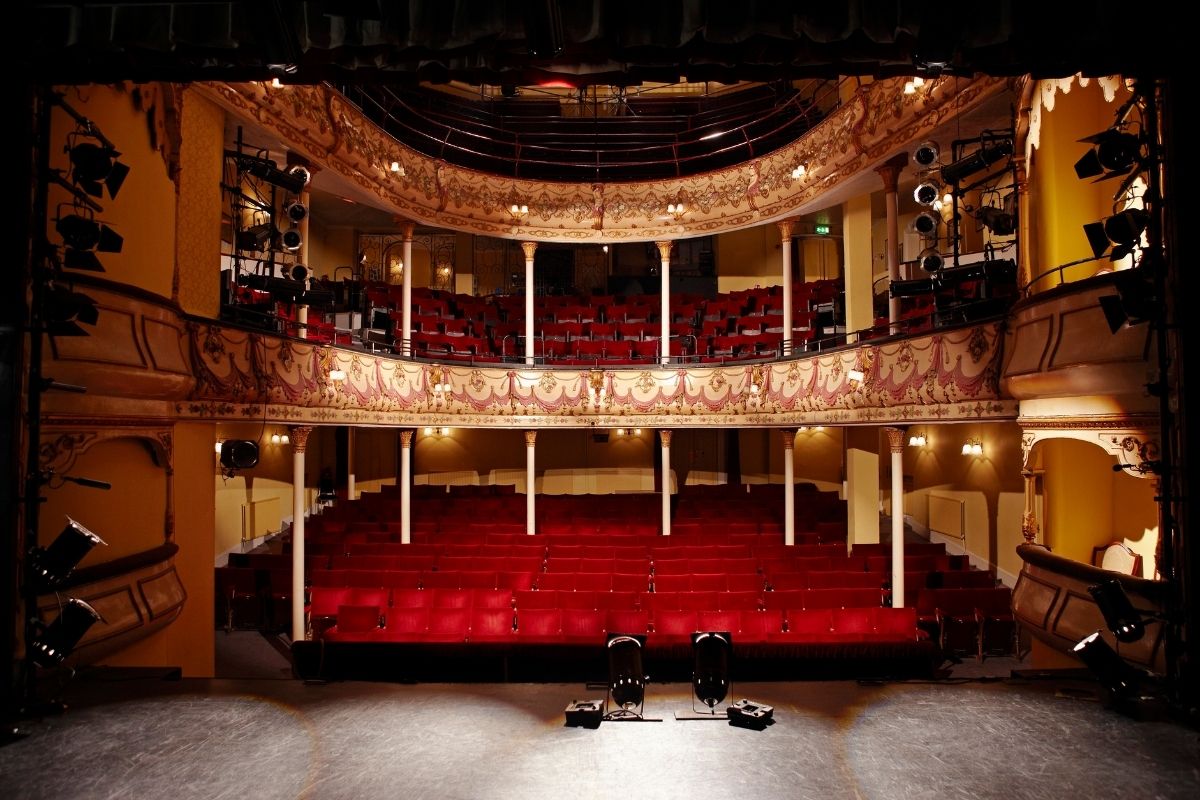Playing With Narrative Structure

When we look at the narrative structure of performing arts, most of the stuff that we’re seeing on TV, or most of the other stories that we see, are following a linear structure.
However, there is also there is a non-linear structure to be studied in performing arts education and online performing arts education. These are scenes that sometimes don’t come in chronological order where A met B, and they encountered this problem and tried to solve these problems. They fell in love, and then they solved the problem, and here is in the end of the piece. That would be like a linear structure and it’s the easiest light for the audience to see a lot of things that are happening.
An example of a non-linear structure would be when you go into most commercial flashbacks or sometimes you go into a time that is discontinued. You start with the end, and you progress towards the beginning. Or, maybe it’s a middle of the play, and everything is dropped, and the new story starts to happen. Maybe you have a series of tiny but completely different stories that link together to a scene. That’s when you are working with a non-linear narrative. You can play with those non-linear narratives like a pattern in any way your imagination allows you.
You can, for example, take a food recipe and create a play on that structure. You can take a game and create a play on that structure. If you look around, the University’s full of structures, and can have fun and borrow any structures that you want.
Of course, it has to make sense for your project, and then see what happens if you think of your play as a magic trick. There would be an introduction. There would be a distraction of attention, and so there would be magic that happens underneath. There would be like a boom.
It would be like if you’re break it in steps. You can start seeing how a story can be adapted on that type of structure. It’s really, really important to find the structure that makes sense for your project. Otherwise, maybe you did this play on the structure of a recipe, but why? If you have no reason to play around and stick with the traditional, there’s nothing wrong with it. The reason it’s traditional is because it works well.

